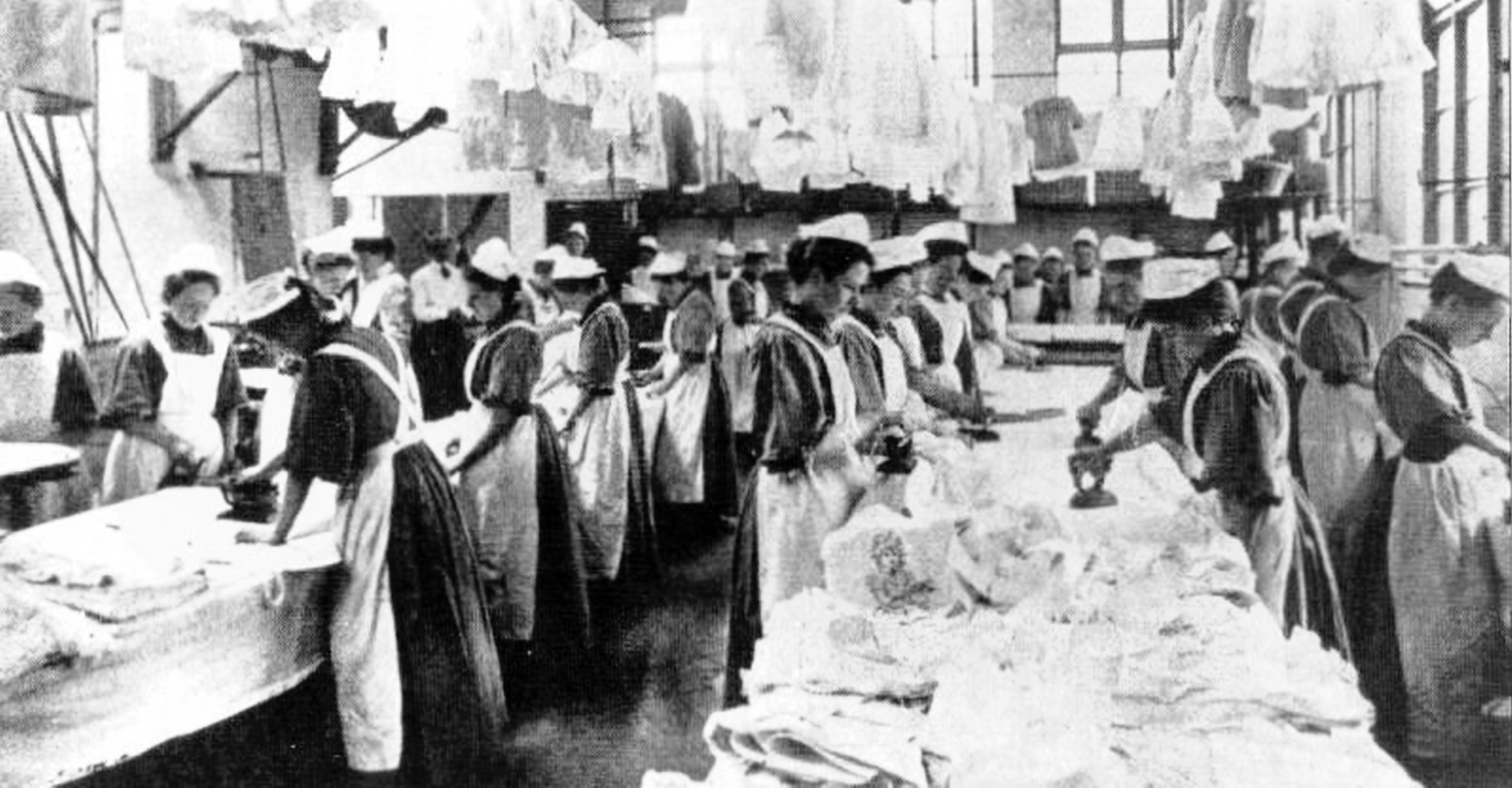From the Sunday Pioneer:
Mughal history, as we know it, is all about how the Muslim rulers won over vast tracts of land and established kingdoms that promoted art, literature and culture. They ruled with an iron fist, battled palace intrigues and mercilessly suppressed opposition. Some like Aurangzeb were religious despots, while others like Akbar were liberal enough to even promote a new brand of all-inclusive religious structure — Din-e-Elahi.
While the Mughal empire was largely male-dominated, there were flashes of female dominance, even if at subaltern levels. But while they have been dealt with by some classic and even modern-day historians, few have attempted to tackle the subject of sexuality among the Mughal society’s influential women. Perhaps, it is because authors have considered the issue as peripheral to the larger story. Nevertheless, it is an important gender perspective, more so as it deals with a society where women were behind veils and their affairs were rarely discussed. This book provides a fresh and scholarly insight into the private lives of Mughal women, without being voyeuristic.







